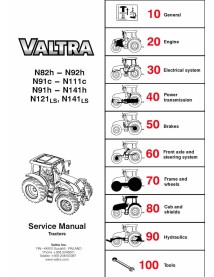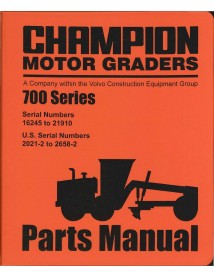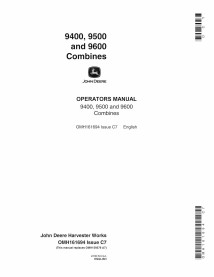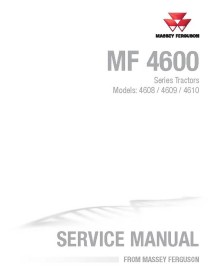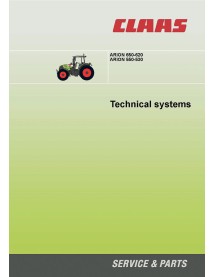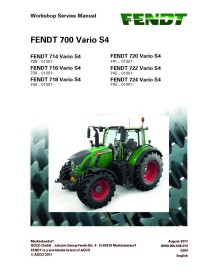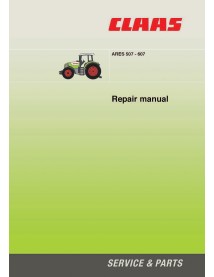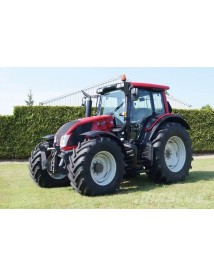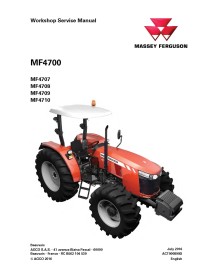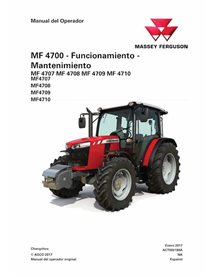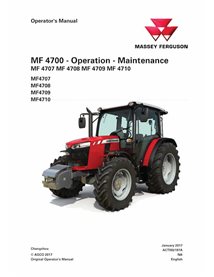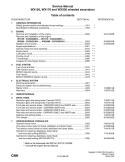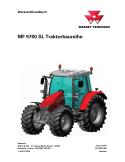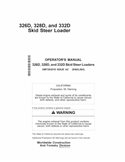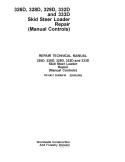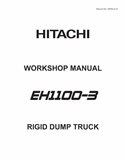Manuals for Agriculture and Construction are comprehensive documents that provide detailed information about the equipment, tools, and techniques used in these industries. These manuals are designed to help farmers and construction workers understand how to properly operate their machinery and complete tasks safely and efficiently.
Agriculture manuals typically cover a wide range of topics related to farming and crop production. They may include information on soil preparation, seed selection and planting, irrigation techniques, pest control, and harvesting methods. Additionally, agriculture manuals may cover topics such as animal husbandry, dairy production, and farm management.
Construction manuals, on the other hand, typically focus on topics related to building construction and infrastructure development. These may include information on equipment operation, safety protocols, site preparation, foundation construction, framing, roofing, and finishing techniques. Additionally, construction manuals may cover specialized topics such as electrical wiring, plumbing, and HVAC installation.
In both agriculture and construction, manuals are typically organized in a logical sequence that follows the chronological order of tasks. For example, an agriculture manual may start with soil preparation techniques, move on to planting and irrigation, and conclude with harvesting and storage methods. Similarly, a construction manual may start with site preparation and foundation construction, move on to framing and roofing, and conclude with finishing techniques and interior design.
Manuals for agriculture and construction are typically written in a clear, concise language that is easy to understand for readers with a basic knowledge of the industry. The information provided in these manuals is usually accompanied by diagrams, illustrations, and photographs that help to explain complex concepts and procedures. Additionally, many manuals include step-by-step instructions for completing specific tasks, along with troubleshooting guides and safety tips.
In addition to printed manuals, many agricultural and construction equipment manufacturers also provide online resources such as video tutorials, interactive guides, and virtual training sessions. These resources can be particularly helpful for workers who are new to the industry or who may not have access to traditional classroom-based training.
Overall, manuals for agriculture and construction are essential resources for anyone working in these industries. By providing comprehensive information on equipment, tools, and techniques, these manuals help to ensure that workers can complete their tasks safely and efficiently, while also maximizing productivity and profitability.
